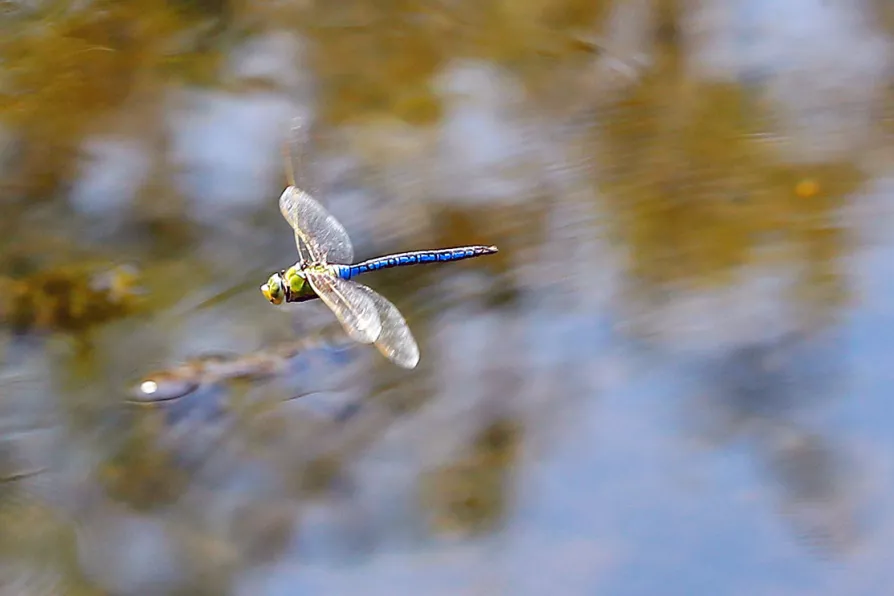One in four freshwater animals at high risk of extinction, new study finds

 Dragonfly hover over the Leeds and Liverpool Canal in Liverpool
Dragonfly hover over the Leeds and Liverpool Canal in Liverpool
A QUARTER of freshwater creatures are at a high risk of extinction, a new study warns.
Of the groups studied, crabs, crayfish and shrimps face the greatest danger of extinction, with 30 per cent under threat.
These were followed by 26 per cent of freshwater fish species and 16 per cent of dragonflies and damselflies.
Similar stories

Nature's self-reconstruction is both intriguing and beneficial and as such merits human protection, write ROX MIDDLETON, LIAM SHAW and MIRIAM GAUNTLETT












